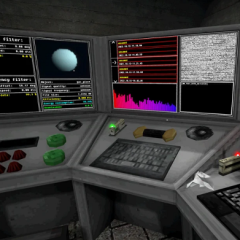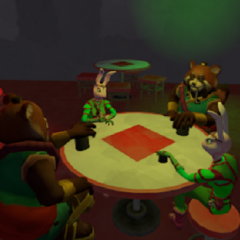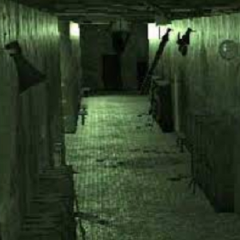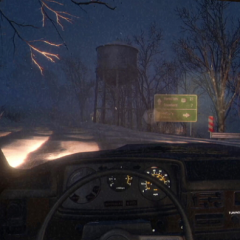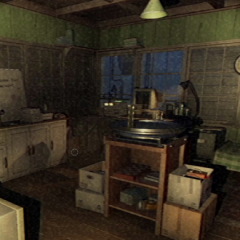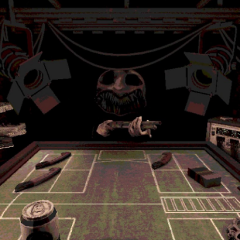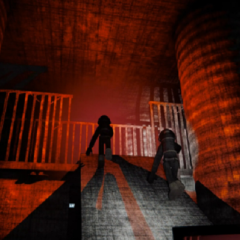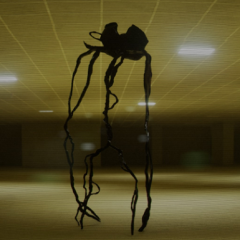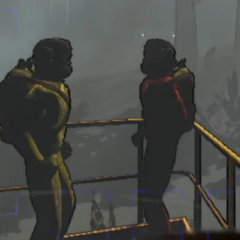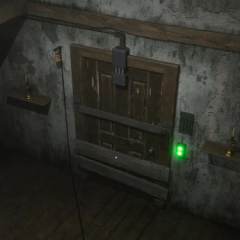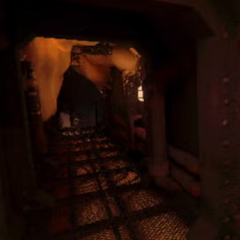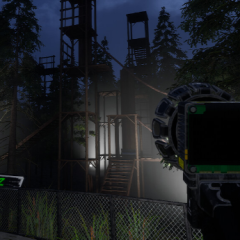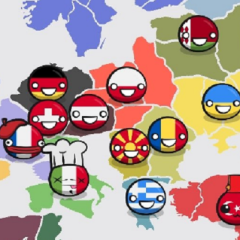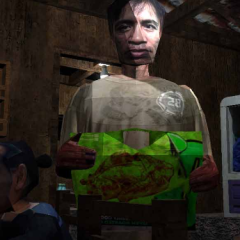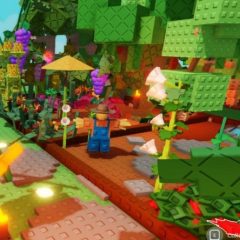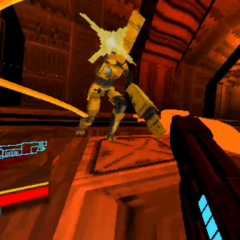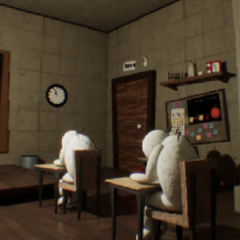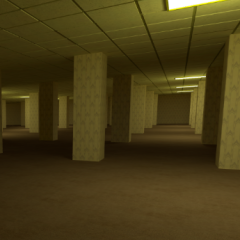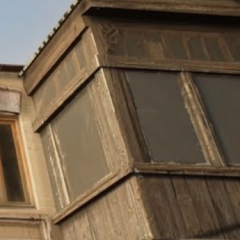Hollow Knight: Silksong
Hollow Knight: Silksong is the direct continuation of Hollow Knight, placing the player in control of Hornet instead of the Knight. The game shifts the setting from Hallownest to a new land called Pharloom, a kingdom with vertical architecture and unfamiliar regions. Hornet’s story begins with capture and transport to this kingdom, where she must climb to the top to reach a sanctuary. Progression depends on exploring interconnected areas, fighting enemies, and completing quests that reveal more about Pharloom and its inhabitants.
Gameplay Systems
The combat system emphasizes speed and agility. Hornet’s weapon is a needle and thread, which allows quick strikes and unique abilities compared to the Knight’s nail. Healing uses SILK rather than SOUL, changing how recovery works and requiring careful timing. A currency system with rosaries and shell shards manages upgrades, repairs, and purchases. Tools function as additional abilities that need upkeep, adding another layer of resource management.
Core gameplay elements in Hollow Knight: Silksong include:
· combat using the needle and thread with new combos
· SILK gauge for healing and special actions
· quests divided into categories such as Hunt, Gather, and Wayfarer
· crest system that adjusts abilities and tool slots
· tool repair and upgrades with resources found in the world
These features combine to make progression dependent on exploration, combat mastery, and resource allocation.
Exploration and Quests
Pharloom is designed around verticality, with maps that stretch upward rather than downward. Exploration leads to discovering new regions, hidden shortcuts, and encounters with non-player characters. Quests guide the player by offering tasks tied to NPCs or quest boards. Some quests focus on combat challenges, while others involve exploration or gathering. Completion provides resources, items, or narrative fragments, reinforcing the connection between player actions and story development.
Enemies and Progression
Over two hundred enemy types and more than forty bosses populate Pharloom, giving variety to encounters. Many enemies use movement and attack patterns unfamiliar to players of Hollow Knight, requiring adaptation. Boss fights often introduce mechanics tied to specific regions, making progress feel linked to mastering local challenges. As with its predecessor, defeat returns the player to a checkpoint bench, but more benches are distributed across the world to reduce downtime.
The purpose of Hollow Knight: Silksong is to expand on the foundation of Hollow Knight with faster combat, new progression systems, and a different world structure. The design pushes players to balance aggression and caution, since Hornet’s tools require upkeep and SILK must be managed carefully. Exploration, combat, and quests are tightly connected, so each part reinforces the others. Advancement comes from skill in battle and from learning the layout of Pharloom and making strategic use of its systems.


